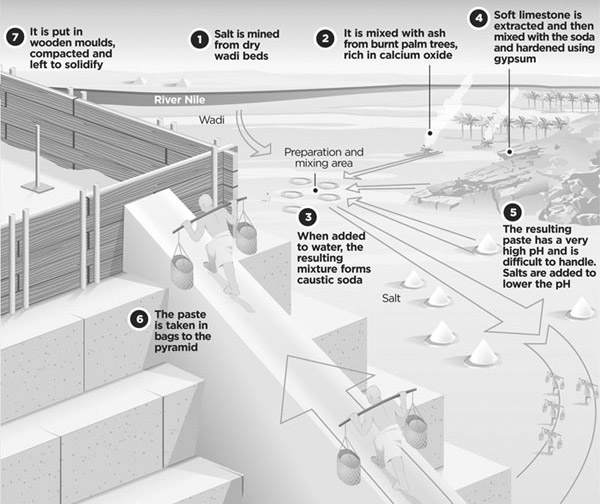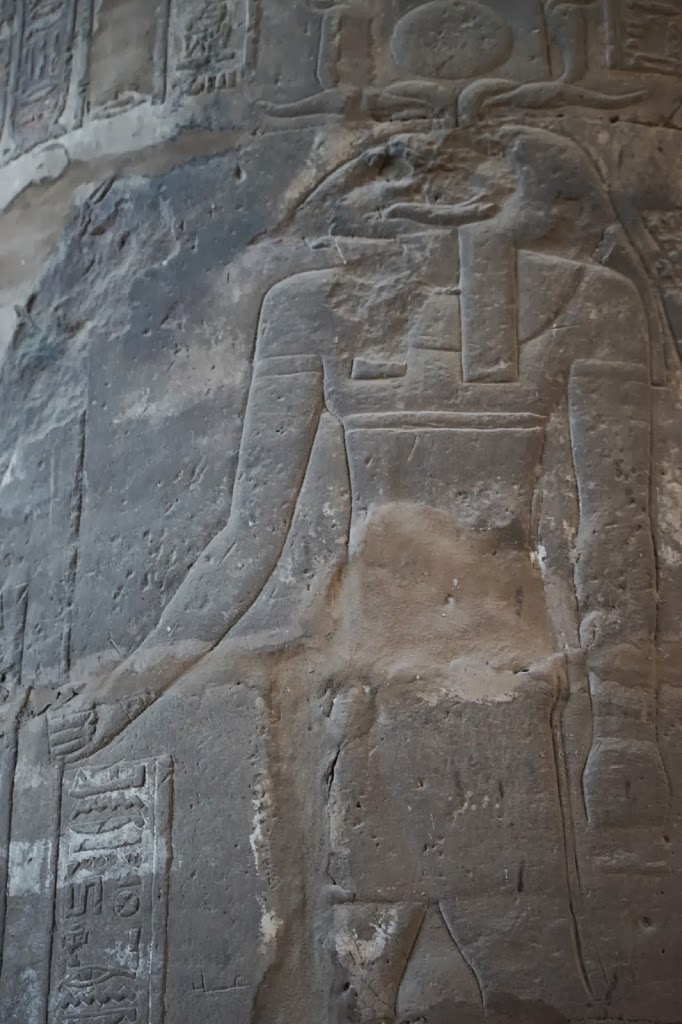With the invention of geoploymers, people now have the ability to cast any shape with extremely hard stone; and even craft the wondrous sculptures and items of ancient Egypt. There are several videos on YouTube displaying current experiments with 3-D printing and geopolymers. Once 3-D printers master the art of printing with geopolymers, humans will have an amazing tool for mass producing structures on par with those of ancient Egypt.
With the right geoploymer mixture, one can remake the beautiful Egyptian vases and busts made of diorite and quartzite. First, import the model of an artifact into a computer using common engineering software such as CAD. Then produce a mold and fill with the desired geopolymer. A company could market these items for a decent price and they would be available for everyone to enjoy. For a little more money, you could add inlaid eyes of lapis lazuli; for the more wealthy, even include pure gold.
Other geopolymer possibilities include:
Desalinization of water through ion exchange; geopolymer development for moon base and other extraterrestrial structures; repairing ancient monuments; fire resistant building materials; concrete ships; durable highway and bridge construction; Margaret Morris suggests radioactive disposal; and more…
I would suggest that we rebuild the three pyramids at Giza to their original appearance with the geopolymer techniques. However, I fear that the Egyptian authorities will not allow it. If that is the case then I propose building the three pyramids in Las Vegas. It would be both an architectural and engineering wonder and a beautiful monument dedicated to the people who helped develop civilization.








